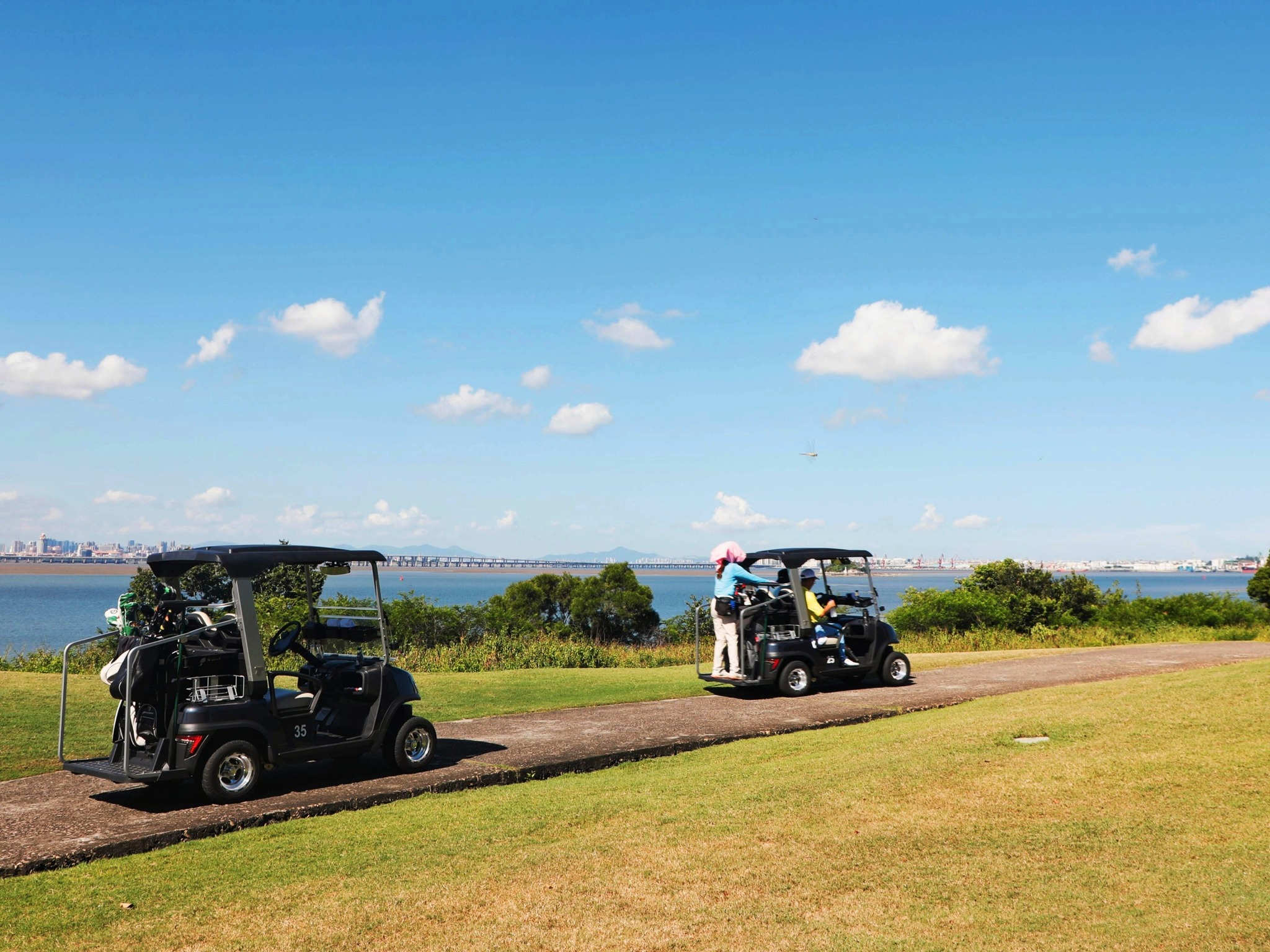-
Shopping Tools
-
Care & Maintenance
-
About
-
Dealer Login

The market for electric golf carts has matured, but costs still move with technology and macroeconomics. Pack energy density is improving, software is adding convenience, and customization remains popular—each change nudges the final invoice. Understanding what drives price lets you compare quotes on equal terms and budget for long-term ownership instead of chasing the lowest sticker.
| Factor | How it affects price | What to ask the seller |
|---|---|---|
| Battery chemistry | Lithium ↑ price; lowers lifetime cost via longevity | Exact kWh, cell type, cycle life, BMS features, charger power |
| Capacity | More kWh ↑ upfront, ↑ range & performance headroom | Expected range with your load and routes |
| Seating/cargo | More seats/utility features ↑ materials & shipping | Frame/suspension spec, weight, and braking changes |
| Accessories | Cosmetic/utility add-ons ↑ parts & labor | Itemized pricing; install at factory or dealer? |
| Technology | Displays, GPS, audio ↑ electronics & licensing | Software updates, warranty on electronics |
| Market forces | Commodity & freight swings shift end price | Quote validity period; delivery window; freight terms |
Start with a clear spec: required range, seats, and must-have features. Match that to battery chemistry and capacity, then evaluate brands on warranty, dealer network, and proven reliability. Build your quote line-by-line so you can see the price effect of paint, lifts, tires, lighting, and tech. Finally, pressure-test the numbers with a short demo on your actual route. With this approach, your 2025 purchase of electric golf carts will balance price, performance, and long-term value—without paying for features you won’t use.
Quick tip: If your routes vary, ask sellers to estimate range at two payloads and two speeds. The “worst-case” scenario is the one that should shape your battery decision and keep budgets predictable.
